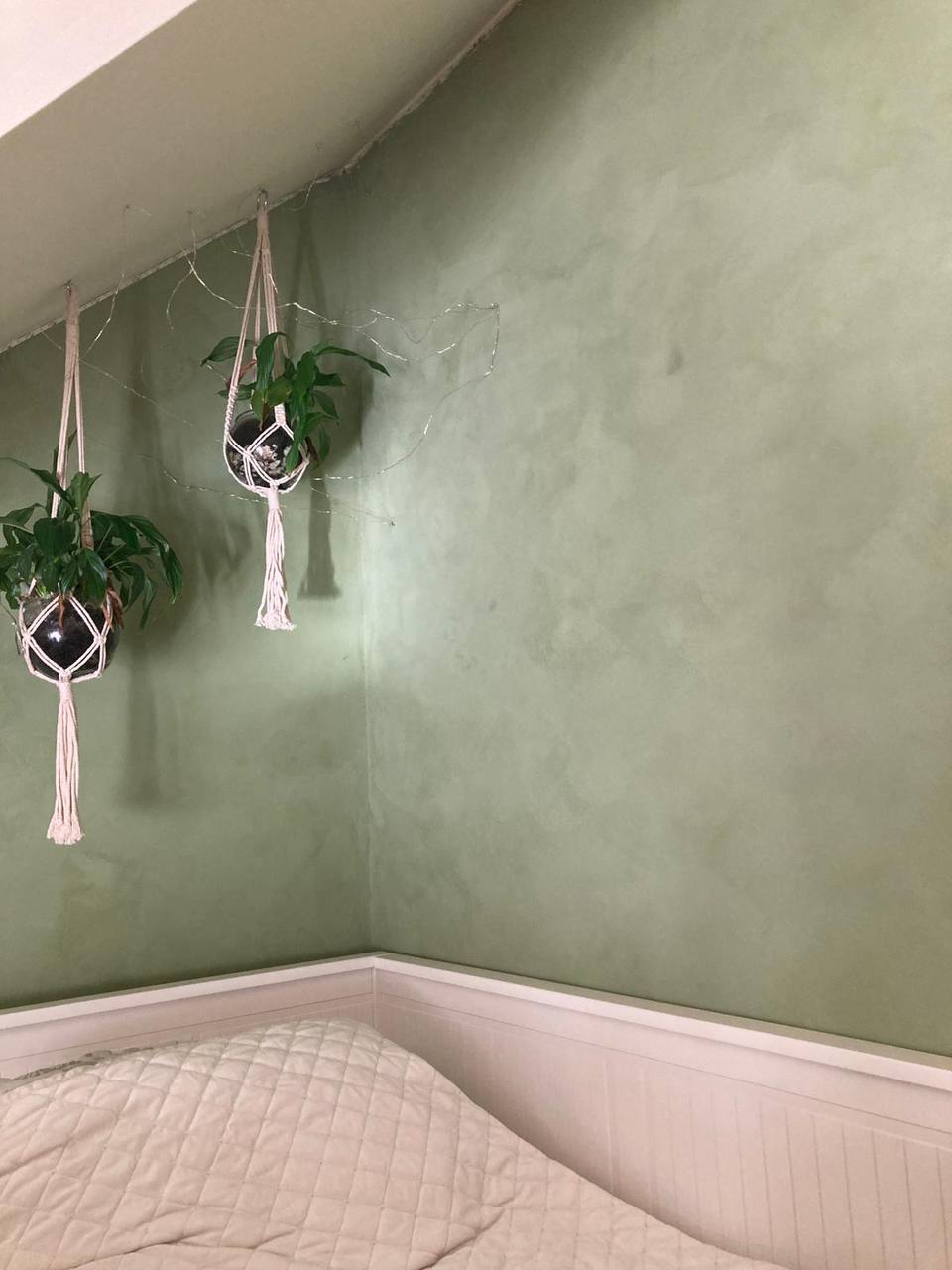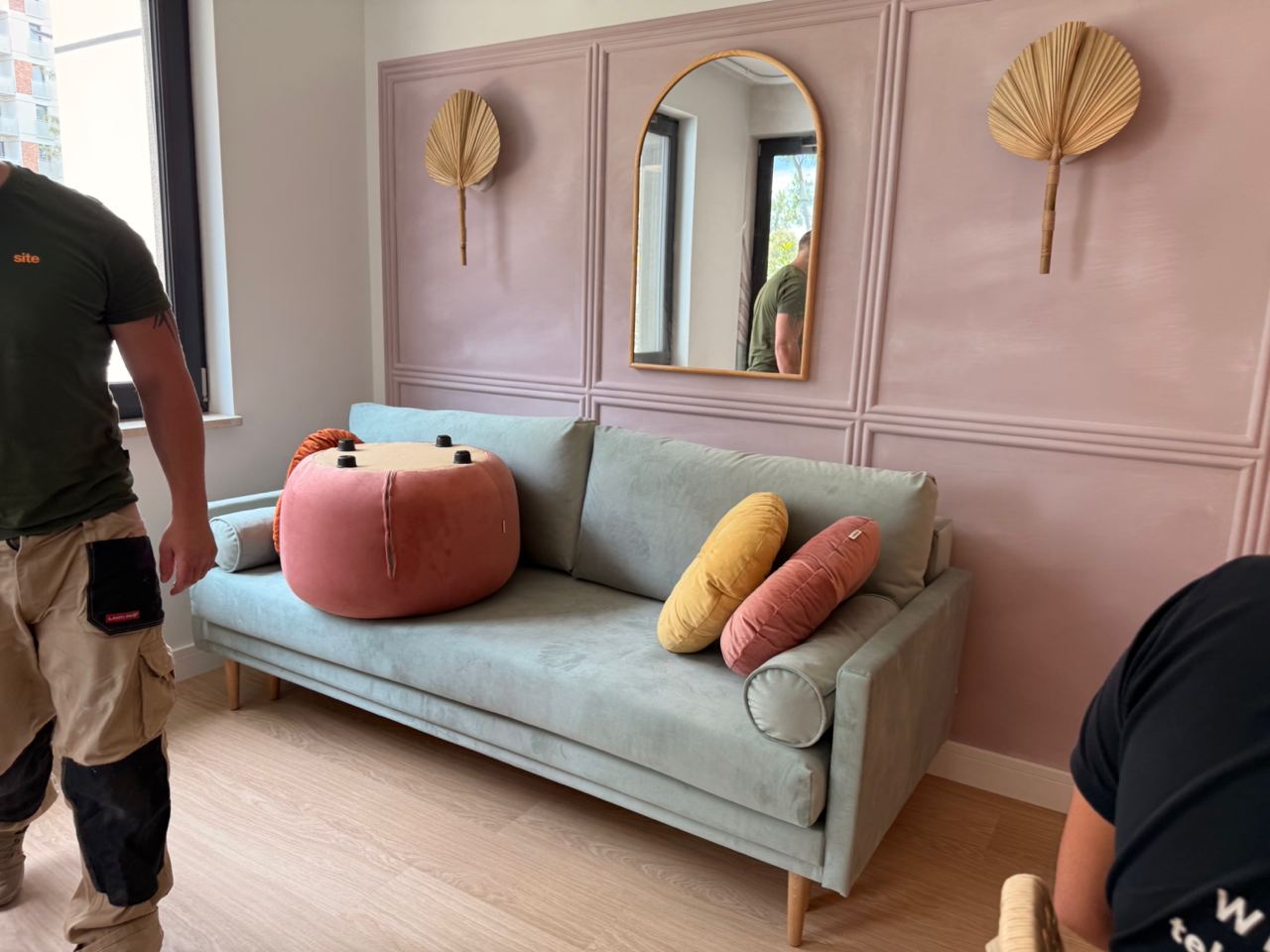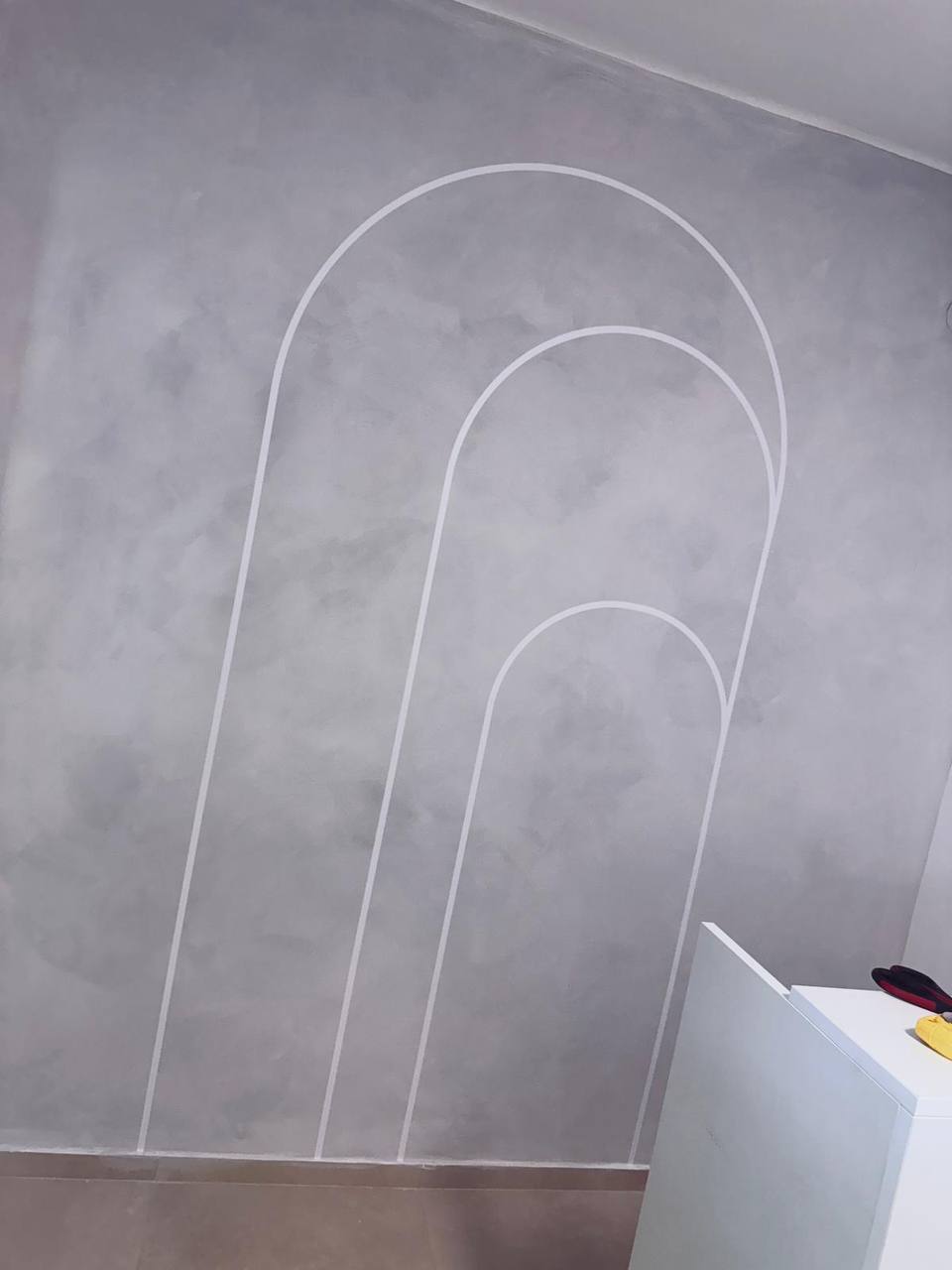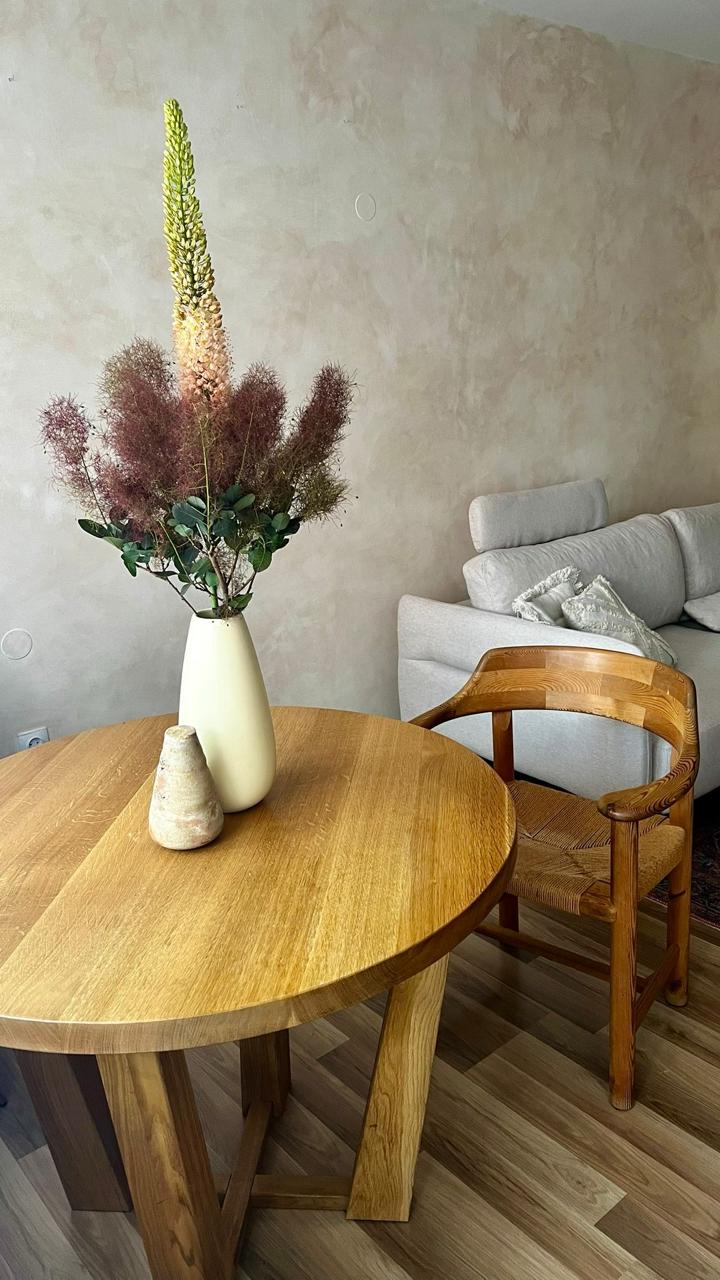Painting Interior Surfaces with Limewash Paint
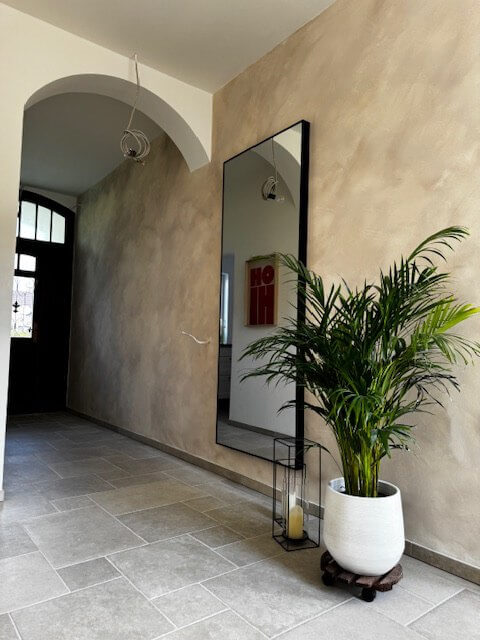
Wainscoting / Wood / Plywood or Particleboard
Wainscoting can look great when painted with limewash paint. Here’s everything you need to know:
How to Paint Wood with Limewash Paint
We often get asked whether our limewash paints can be used on wooden surfaces.
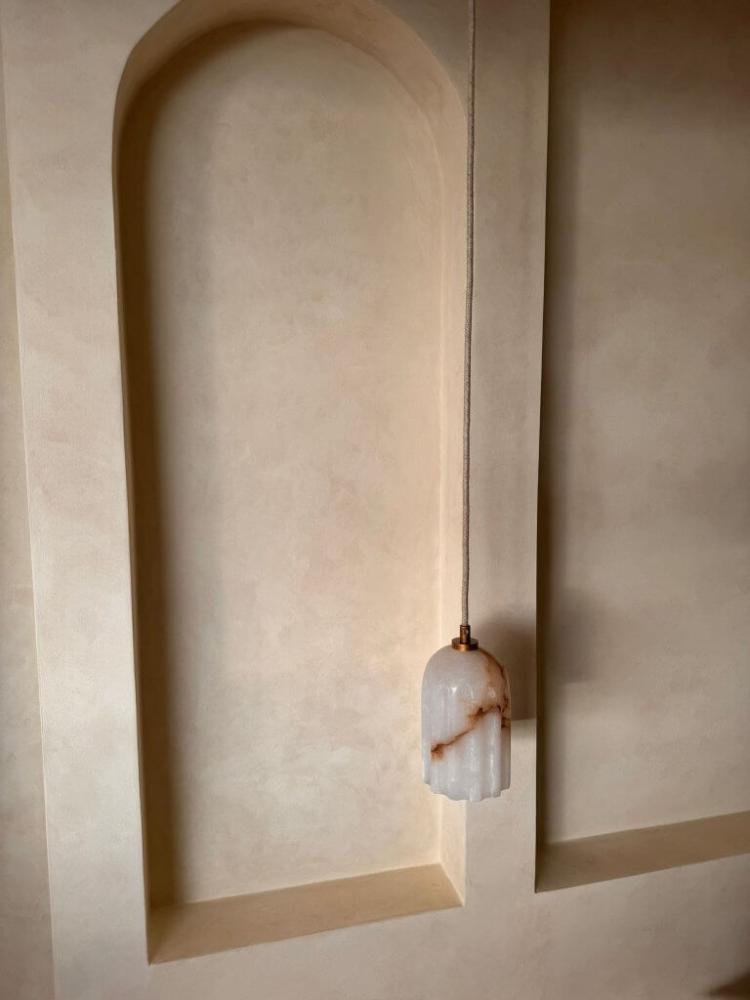
Limewash ZUBRA Colour Paint Can Be Used On:
Limewash ZUBRA paint offers a wide range of applications, not only on traditional plasters or walls but also on various wooden surfaces...
Wood That Does Not Require Sanding
Pine and Plywood: Pine and plywood are ideal candidates for limewash painting...
Wainscoting: Painting wainscoting with limewash paint can transform an interior...
Finishing Effects
Limewash paint allows for various finishing effects...
Application on Ceilings and Particleboard
Pine Ceilings: Limewash paint is also effective on wooden ceilings...
Particleboard: Applying limewash paint directly to particleboard...
Summary
Using limewash paint on wooden surfaces opens new design possibilities...
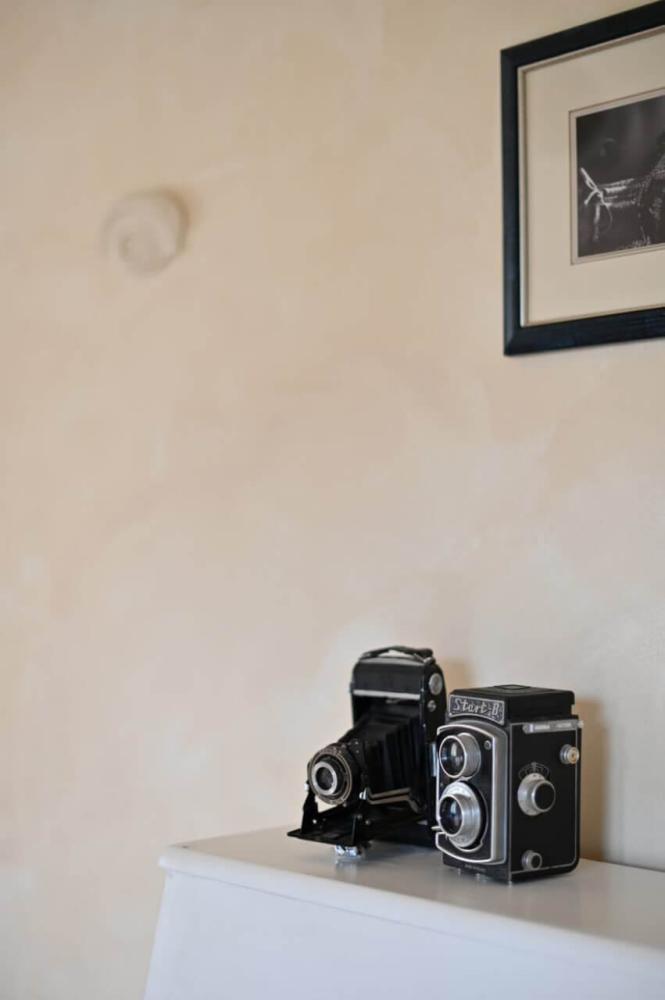
Limitations of Use
Limewash paint offers a unique matte finish and is particularly appreciated...
Limitations of Using Limewash Paint
- Architectural Elements: Limewash paints are not recommended for painting...
- Cleaning and Maintenance: The matte finish, although aesthetically pleasing...
- Tight Spaces: In tight spaces such as small homes...
Wood Recommendations
Soft Woods: Limewash paint works best on softwoods like pine or plywood...
Avoiding Fillers: During repairs and preparations of wooden surfaces...
High-Tannin Woods: For high-tannin woods like oak or teak...
Surface Preparation
Preparing wood before painting with ZUBRA limewash paint is crucial...
New, Unpainted Wood
Cleaning: Lightly dust the wood with a clean cloth...
Unpainted, Weathered Wood
Sanding: Use sandpaper to sand the wood surface...
Cleaning: After sanding, thoroughly dust the wood...
Previously Painted Wood
Sanding: Sand glossy surfaces to dull the existing finish...
Using a Primer
Application of ZUBRA Colour Prep Coat Primer: Regardless of the wood’s condition...
You can avoid a rough surface if the painter applies some water with a sponge...
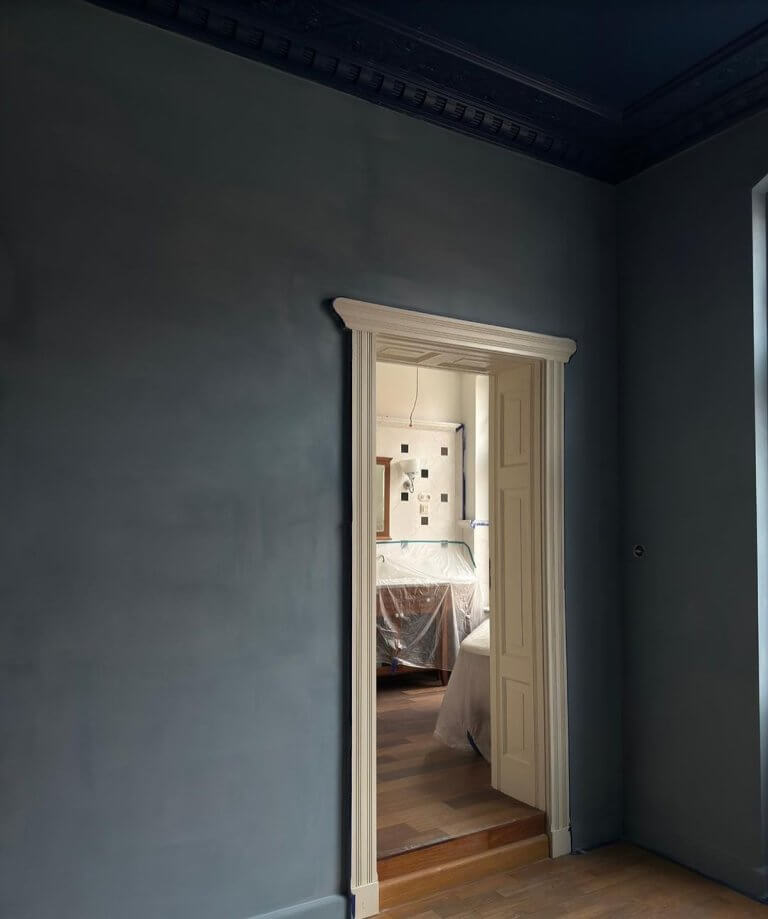
Visible Wood Grain or Fully Covered?
If you want to highlight the natural wood grain using limewash paint...
Unpainted Wood
Direct Application of Limewash Paint: To emphasize the natural grain on unpainted wood...
Previously Painted Wood
Surface Preparation with ZUBRA Colour Prep Coat: For wood that has been previously painted...
Why Use ZUBRA Colour Prep Coat
- Improved Adhesion: Prep Coat ensures better adhesion of limewash paint...
- Uniform Finish: Using Prep Coat can help achieve a more uniform finish...
- Grain Protection: For unpainted wood where you want to highlight the grain...
Application Guide
Applying limewash paint requires precision and attention to detail...
Preparing the Paint
Mixing the Paint: Thoroughly mix the limewash paint before use...
Checking the Pigment: Ensure no unmixed pigment remains...
Applying the Paint
Paint Application: Dip the ZUBRA Natural Brush into the paint...
Painting Technique: Use loose, free strokes to evenly spread the paint...
Maintaining a “Wet Edge”: To avoid visible overlapping layers...
Avoiding Drips and Runs: Be careful not to leave drips or runs...
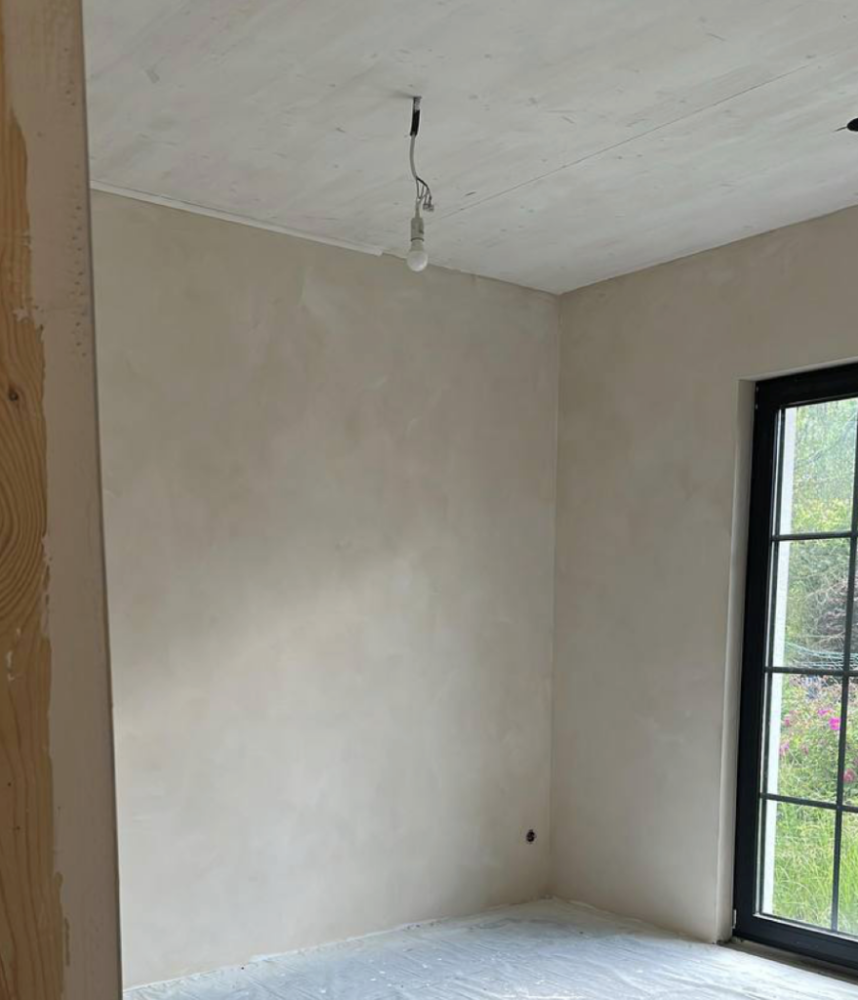

 German
German Slovak
Slovak Romanian
Romanian Lithuanian
Lithuanian Latvian
Latvian Hungarian
Hungarian French
French Finnish
Finnish Dutch
Dutch Danish
Danish Czech
Czech Slovenian
Slovenian Italy
Italy Spain
Spain Portugal
Portugal



